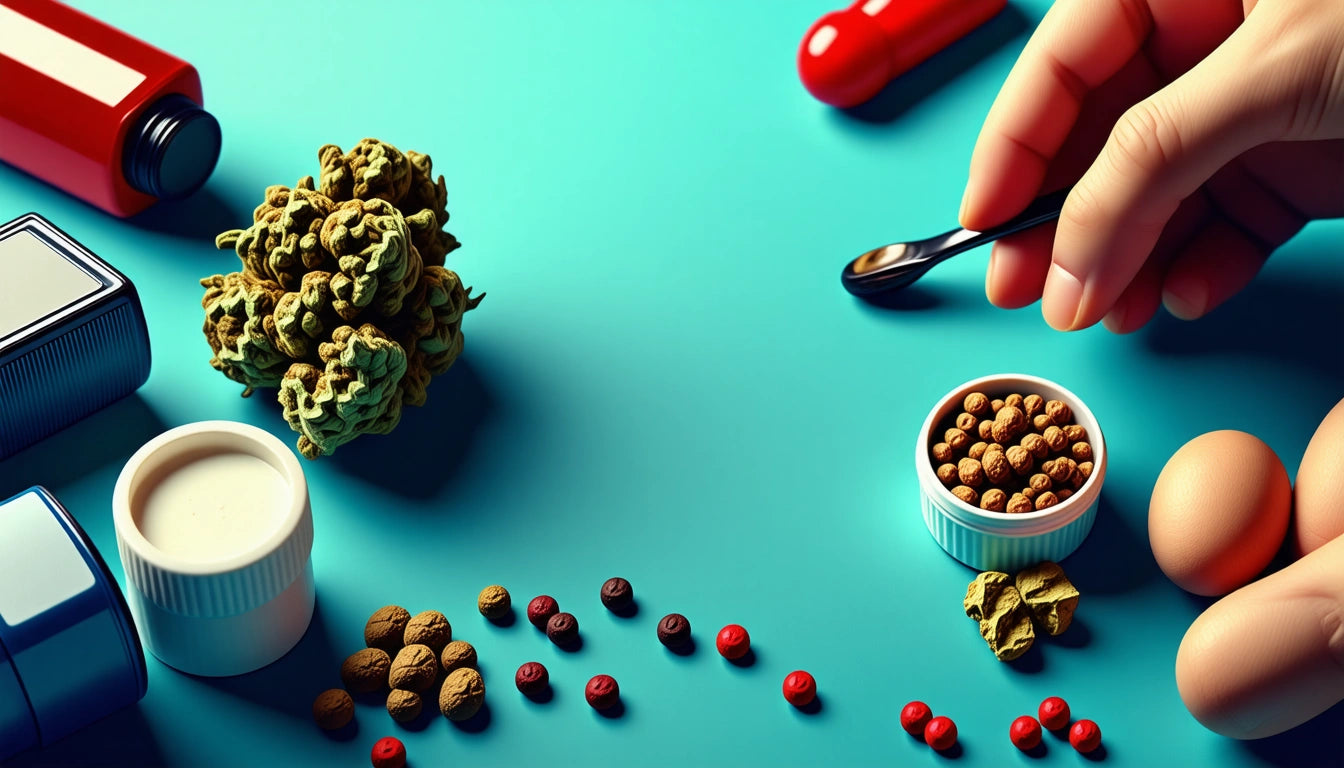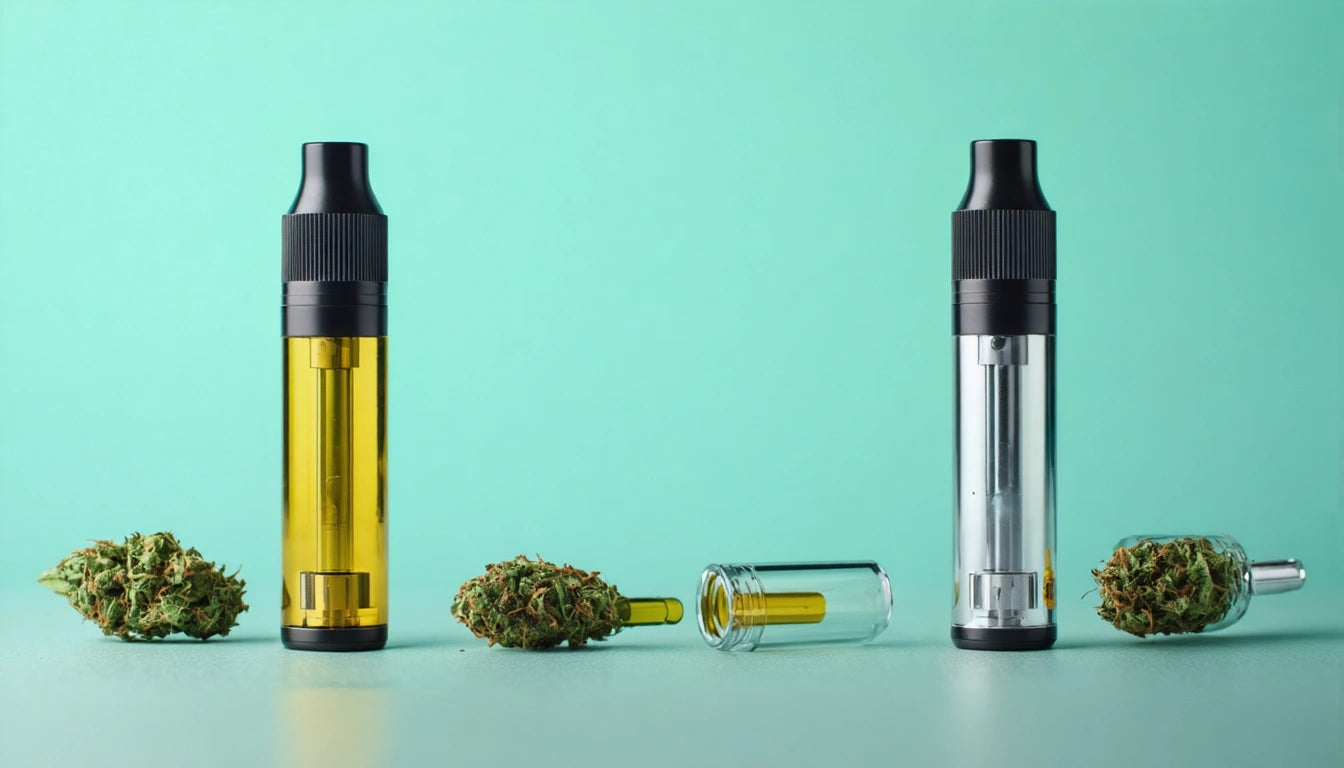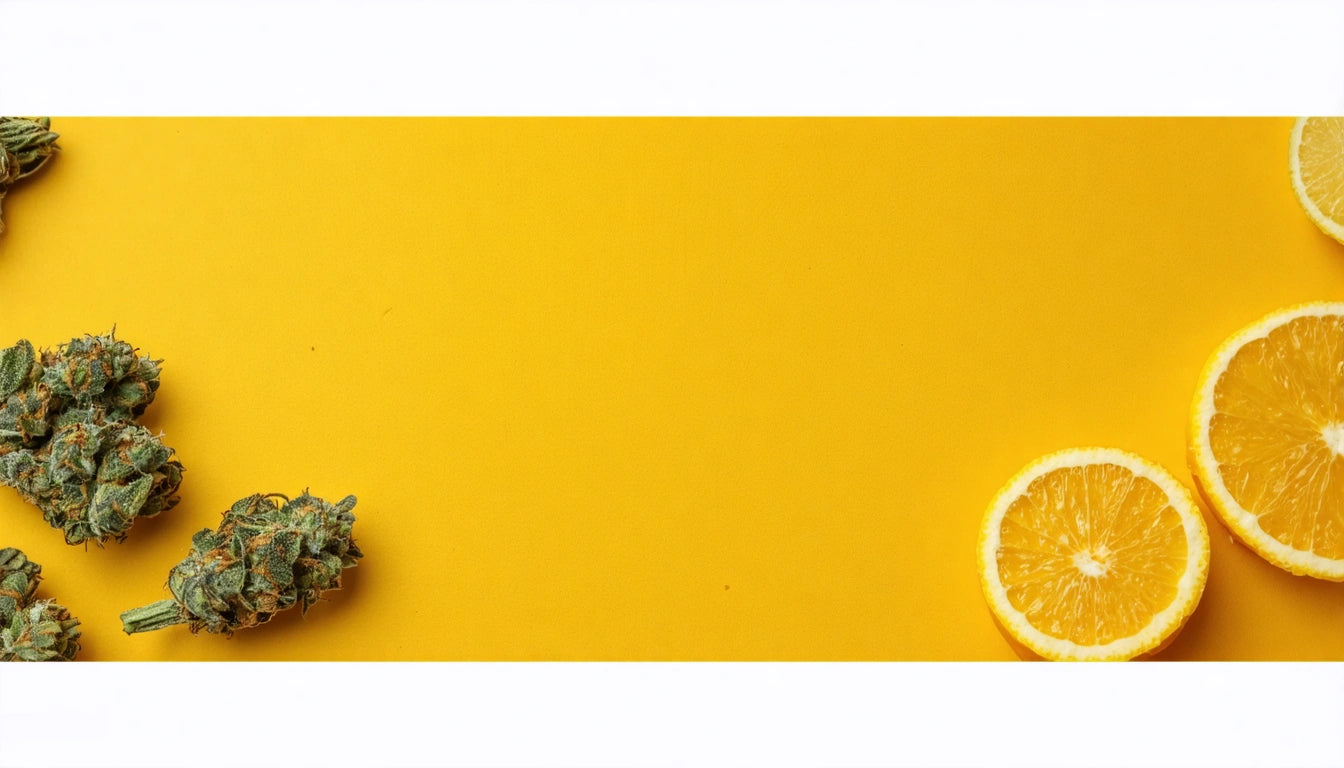Table of Contents
Understanding PGR Weed: Differences, Risks, and Implications
The cannabis industry has evolved significantly over the years, with various cultivation methods developed to maximize yields and improve appearance. One controversial technique involves the use of Plant Growth Regulators (PGRs). Understanding what PGR weed is and how it differs from naturally grown cannabis is crucial for consumers concerned about product quality and safety.
What is PGR Weed? Understanding Plant Growth Regulators
PGR weed refers to cannabis that has been grown using synthetic plant growth regulators. These chemical compounds alter the natural growth patterns of plants by manipulating their hormonal systems. Originally developed for conventional agriculture to control plant height, increase fruit production, or enhance certain characteristics, PGRs have found their way into cannabis cultivation.
Plant growth regulators work by interfering with the plant's natural hormone production and distribution, which can result in denser buds, accelerated growth cycles, and visually appealing products. However, these benefits often come at the cost of reduced cannabinoid and terpene profiles, which are responsible for the therapeutic effects and distinctive aromas of cannabis.
According to cannabis terminology experts, PGRs represent a significant departure from traditional cultivation methods that rely on organic nutrients and natural growing conditions.
PGR vs Non-PGR Weed: Identifying Visual Differences
Visual Characteristics
When comparing pgr weed vs non pgr cannabis, several visual differences become apparent:
- Density: PGR buds are typically much denser and heavier than naturally grown cannabis
- Hair presence: PGR weed often displays an excessive amount of orange or brown pistils (hairs)
- Texture: PGR buds feel unnaturally hard and compact when squeezed
- Trichome coverage: Natural cannabis has visible trichomes (crystalline structures), while PGR weed often lacks this frosty appearance
- Color: PGR cannabis tends to be more uniformly brown, lacking the vibrant greens and purples of natural cannabis
Processing these dense buds often requires specialized equipment. Many consumers use high-quality grinders designed for tough plant material to break down the unnaturally compact structure of PGR cannabis.
Health Risks Associated with PGR Cannabis Products
The question "can pgr weed kill you" reflects growing consumer concerns about safety. While immediate fatality is extremely rare, research suggests potential long-term health risks associated with certain PGRs:
Common Health Concerns
- Liver damage with prolonged exposure
- Potential carcinogenic properties in some synthetic PGRs
- Reproductive system disruption
- Irritation to skin, eyes, and respiratory system
- Negative impacts on the immune system
Many synthetic PGRs used in cannabis cultivation have been banned for use on food crops in various countries due to these health concerns. As cannabis controversies continue to evolve, the use of PGRs remains a significant point of contention within the industry.
Common PGRs Used in Cannabis Cultivation
Understanding what is pgr in plants requires familiarity with specific compounds commonly used in cannabis cultivation:
Synthetic PGRs
- Paclobutrazol: Inhibits gibberellin production, resulting in shorter plants with denser foliage
- Daminozide (Alar): Reduces internodal spacing and increases flower density
- Chlormequat Chloride: Slows cell elongation, creating shorter, stockier plants
Natural Alternatives
Not all plant growth regulators are harmful. Natural PGRs include:
- Kelp extract: Contains natural cytokinins that promote cell division
- Chitosan: Derived from crustacean shells, enhances plant defense mechanisms
- Triacontanol: A natural growth stimulant found in beeswax and plant cuticles
These natural alternatives can enhance plant growth without the potential health risks associated with synthetic PGRs, aligning with sustainable cannabis cultivation practices.
How to Identify PGR Weed in the Market
For consumers wondering what pgr bud looks like, these indicators can help identify potentially PGR-treated cannabis:
Sensory Evaluation
- Aroma: PGR weed typically has a muted or chemical smell rather than the complex terpene profile of natural cannabis
- Taste: Often described as harsh, chemical, or lacking flavor complexity
- Effect: Users frequently report headaches, nausea, or a less satisfying high from PGR cannabis
When comparing pgr weed vs regular weed, the difference in sensory experience is often the most telling indicator. Natural cannabis provides a rich bouquet of aromas and flavors that PGR-treated products typically lack.
Understanding cannabis terminology and types can help consumers make more informed decisions when purchasing products.
Industry Implications and Consumer Protection Strategies
As awareness about what are pgrs in weed plants grows, the industry faces increased scrutiny and demand for transparency. Legal markets are beginning to implement testing requirements and regulations regarding PGR use, though enforcement remains challenging.
Consumer Protection
To protect yourself from potentially harmful PGR cannabis:
- Purchase from reputable, licensed dispensaries that perform quality testing
- Request certificates of analysis that include testing for common PGRs
- Learn to identify visual characteristics of PGR-treated cannabis
- Support cultivators who prioritize organic or natural growing methods
- Stay informed about cannabis consumption safety
The distinction between pgr weed vs natural cannabis represents more than just cosmetic differences. It reflects fundamental questions about cultivation ethics, consumer safety, and product integrity in an evolving industry. As research continues and regulations develop, consumers and producers alike must prioritize transparency and education regarding cultivation methods and their potential impacts.











Leave a comment
All comments are moderated before being published.
This site is protected by hCaptcha and the hCaptcha Privacy Policy and Terms of Service apply.